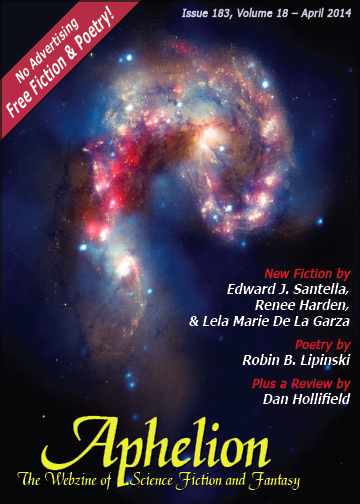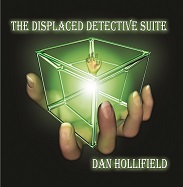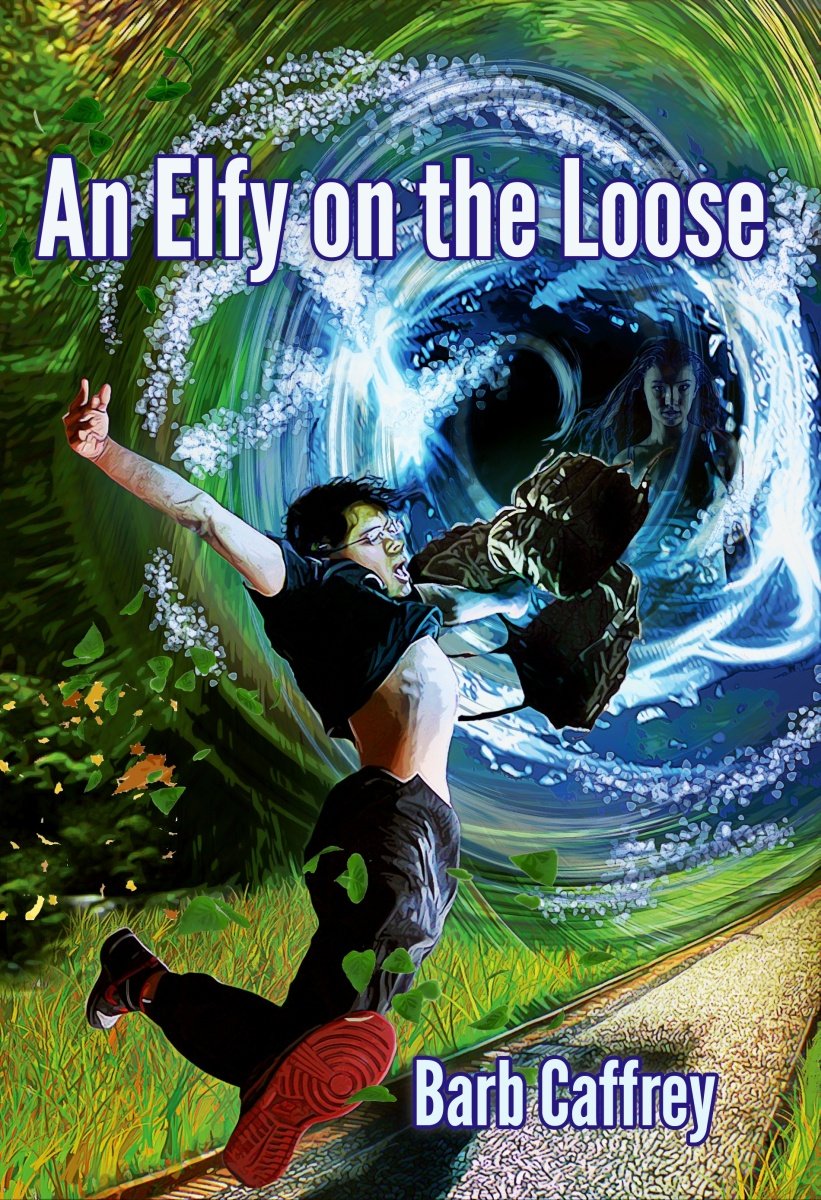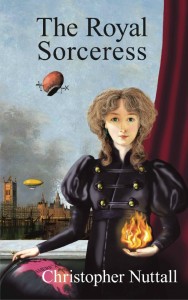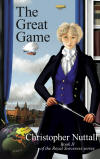http://www.stephanie-osborn.com
[Today is a special day for me -- it so happens that we are discussing romance on my wedding anniversary. GO US! Ahem...now on to the regular blog.]
Today's guest in our ongoing series of elements of storytelling is Mindy Klasky!
Mindy Klasky learned to read when her parents shoved a book in her hands and told her she could travel anywhere through stories. As a writer, Mindy has traveled through various genres, including hot contemporary romance. In her spare time, Mindy knits, quilts, and tries to tame her to-be-read shelf.
~~~
Mindy:
I've been following the various guest posts about Elements of Storytelling with great interest, especially the posts about romance. Over the years, my own writing has transitioned from traditional fantasy to humorous paranormal romance to contemporary romance (with no magical or fantasy element.) My writing has also become a great deal "spicier" than it was in my early books. Therefore, I'm looking forward to chatting about an important Element of Storytelling: The Love Scene.
Okay. Not everyone is going to call this subject matter a love scene. A lot of people will say that I'm talking about sex scenes. I used to think the difference was academic – a discussion point used by romance writers to remind the world that their work isn't just about sex; rather, we write about real emotions with real personal stakes.
I've come to realize, though, that the nomenclature does matter. Because when a scene-with-sex is done right, it becomes much more. It becomes a scene about characters, a scene about emotions.
But a well-written love scene does more than describe the mechanics of sex. A proper love scene informs the readers of the emotions of the characters before, during, and after their physical interaction. Those emotions become the engines of the scene, providing the layers that keep readers from skimming and yawning (or, occasionally, laughing uproariously at physically impossible actions).
Imagine these scenes:
- An imaginative woman seducing a willing man, making love for the first time and discovering each other's preferences and reactions to assorted stimuli (for example, a key love scene in my novel PERFECT PITCH)
.jpg) A couple who have known each other for decades, never acting on their mutual attraction because of society's condemnation of May/December relationships (the background for CATCHING HELL)
A couple who have known each other for decades, never acting on their mutual attraction because of society's condemnation of May/December relationships (the background for CATCHING HELL) - An experienced lover with extensive knowledge of sexual stimuli seducing a willing but inexperienced and partner for the first time (the setup for REACHING FIRST [coming soon])
The mechanics can be identical in each of these scenarios – naughty bits will rub against naughty bits. But the weight of the scene, the meaning of the actions, will vary vastly depending on the underlying emotional gloss. Therefore, as an author of love scenes, I need to focus on the emotional words in the scene. I need to pay especially close attention to my action verbs, to my adjectives, to my adverbs.
Love scenes have a lot in common with action scenes in a novel. Sure, it's great to know my hero is the greatest broadswordsman in the history of broadswordsmen. But a truly great fight scene will show me what it costs him to use his weapon – how he needs to harness all his strength, what it takes for him to heft the blade after his ribs are broken by his opponent, how the bones of his arm jangle after each clash. He must be aware of each cost of every action (and inaction) in every second of his battle – his deeds may result in his own injury or death and/or in the injury or death of all his allies.
Violence. Sex. When written well, they both allow an author to reveal depths of a character.
What books have you read that have effective love scenes – scenes that divulge information about the characters, even as they advance the story with the sexual activity they present?
~~~
Nicely done, Mindy! Yes, I must agree -- a well-done love/sex scene is a powerful way of depicting the inner lives of the characters involved!
So, Gentle Readers, care to answer her closing question in the comments? What books can you think of that have love scenes that advance the story AND tell you more about the characters?
-Stephanie Osborn
http://www.stephanie-osborn.com
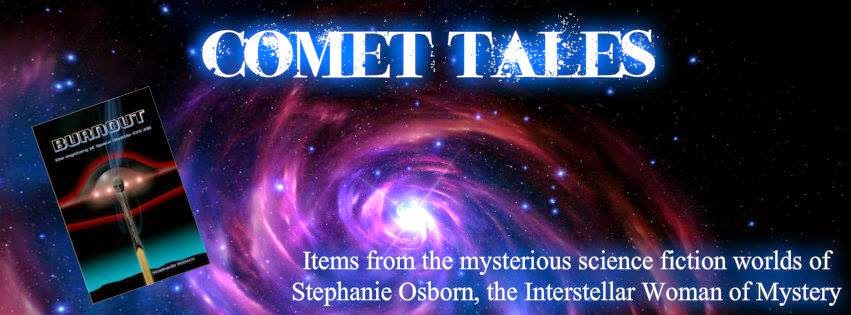

.jpg)



